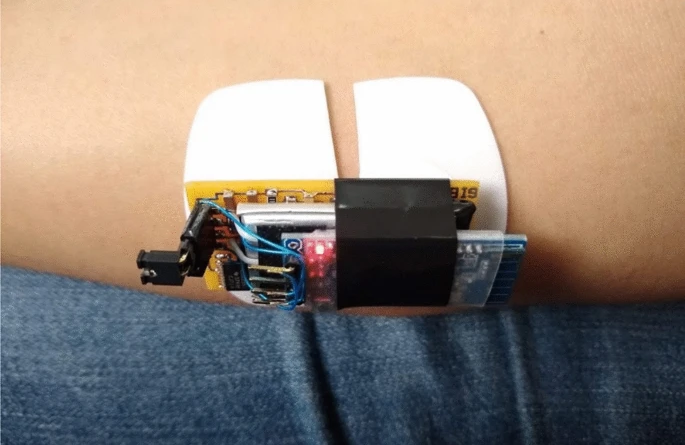Nuevo artículo publicado: Size Constraint to Limit Interference in DRL-Free Single-Ended Biopotential Measurements
https://link.springer.com/article/10.1007/s40846-022-00720-9
Original Article Published:
Size Constraint to Limit Interference in DRL-Free Single-Ended Biopotential Measurements
Journal of Medical and Biological Engineering volume 42, pages332–340 (2022)
Abstract
Purpose:
In this work, it is shown that small, battery-powered wireless devices are so robust against electromagnetic interference that single-ended amplifiers can become a viable alternative for biopotential measurements, even without a Driven Right Leg (DRL) circuit.
Methods
A power line interference analysis is presented for this case showing that this simple circuitry solution is feasible, and presenting the constraints under which it is so: small-size devices with dimensions less than 40 mm × 20 mm.
Results
A functional prototype of a two-electrode wireless acquisition system was implemented using a single-ended amplifier. This allowed validating the power-line interference model with experimental results, including the acquisition of electromyographic (EMG) signals. The prototype, built with a size fulfilling the proposed guidelines, presented power-line interference voltages below 1.2 µVPP when working in an office environment.
Conclusion
It can be concluded that a single-ended biopotential amplifier can be used if a sufficiently large isolation impedance is achieved with small-size wireless devices. This approach allows measurements with only two electrodes, a very simple front-end design, and a reduced number of components.
